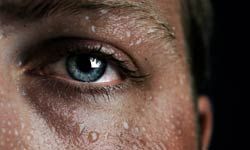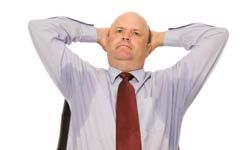Some people would argue that sweating is enough of a problem all by itself. It's a necessary evil -- one of the less-attractive aspects of human physiology that we try to avoid dealing with as much as possible. Sweating is simply your body's way of cooling down when you get overheated. Sure, it can be gross and annoying. It runs into your eyes, melts your makeup, leaves marks on your clothes and makes you smell bad. But you shower it off, put on antiperspirant/deodorant to keep down the moisture and odor, and go about your day. For an unlucky few, however, sweating is more than just something that happens when they exercise or hang out by the pool in the summer. At best, it's incredibly embarrassing and uncomfortable. At worst, it's life-threatening.
When you finish reading through this list, you may not be quite as disgusted by a little perspiration on occasion.
Advertisement



